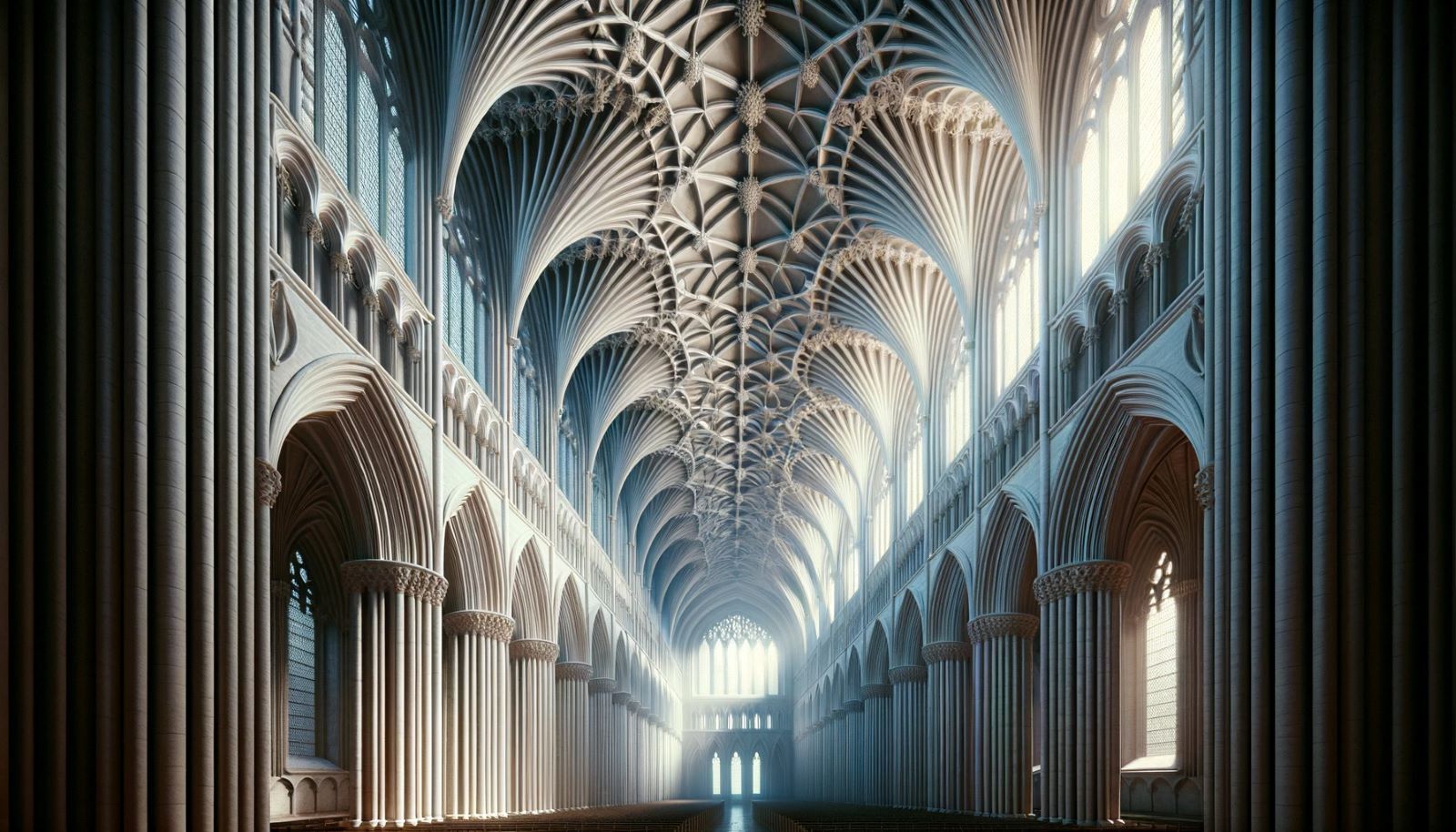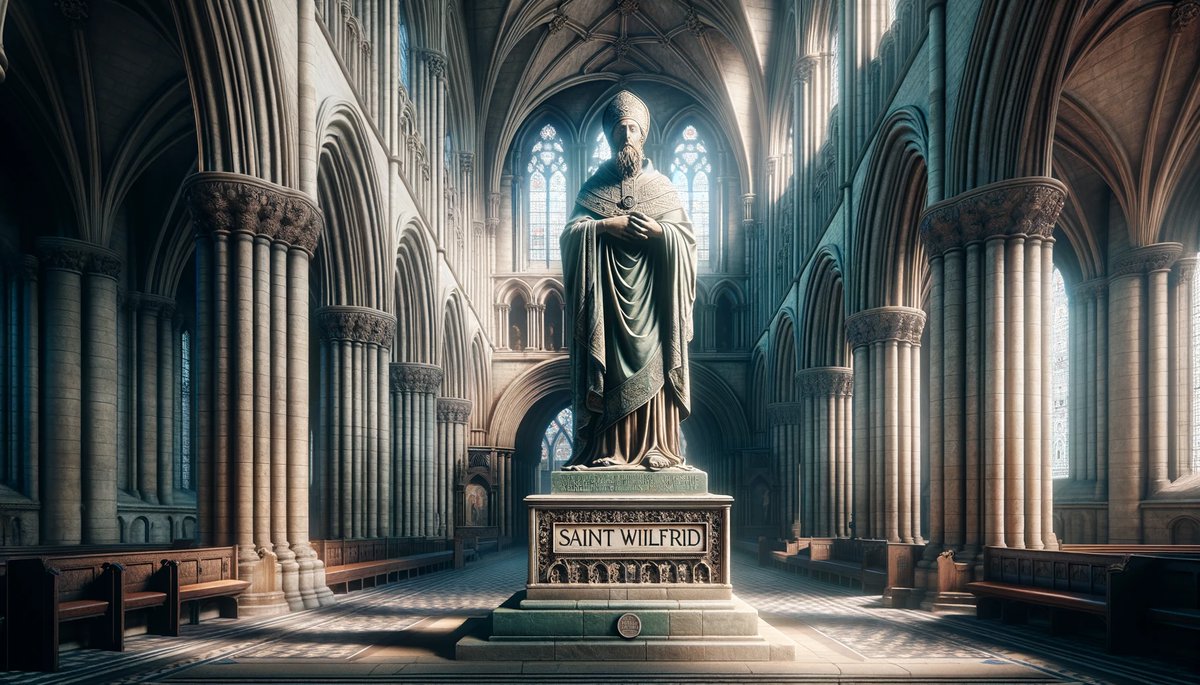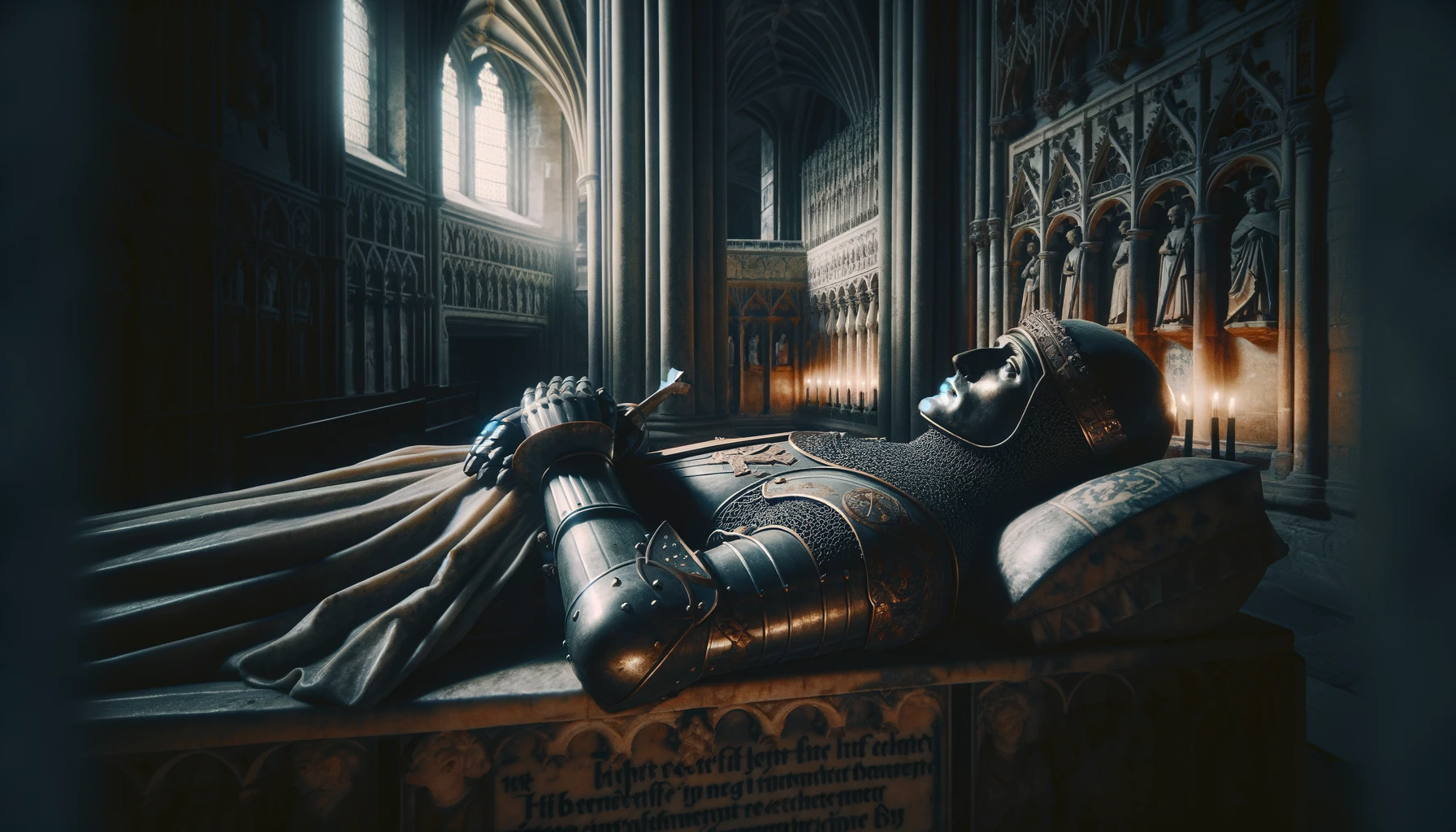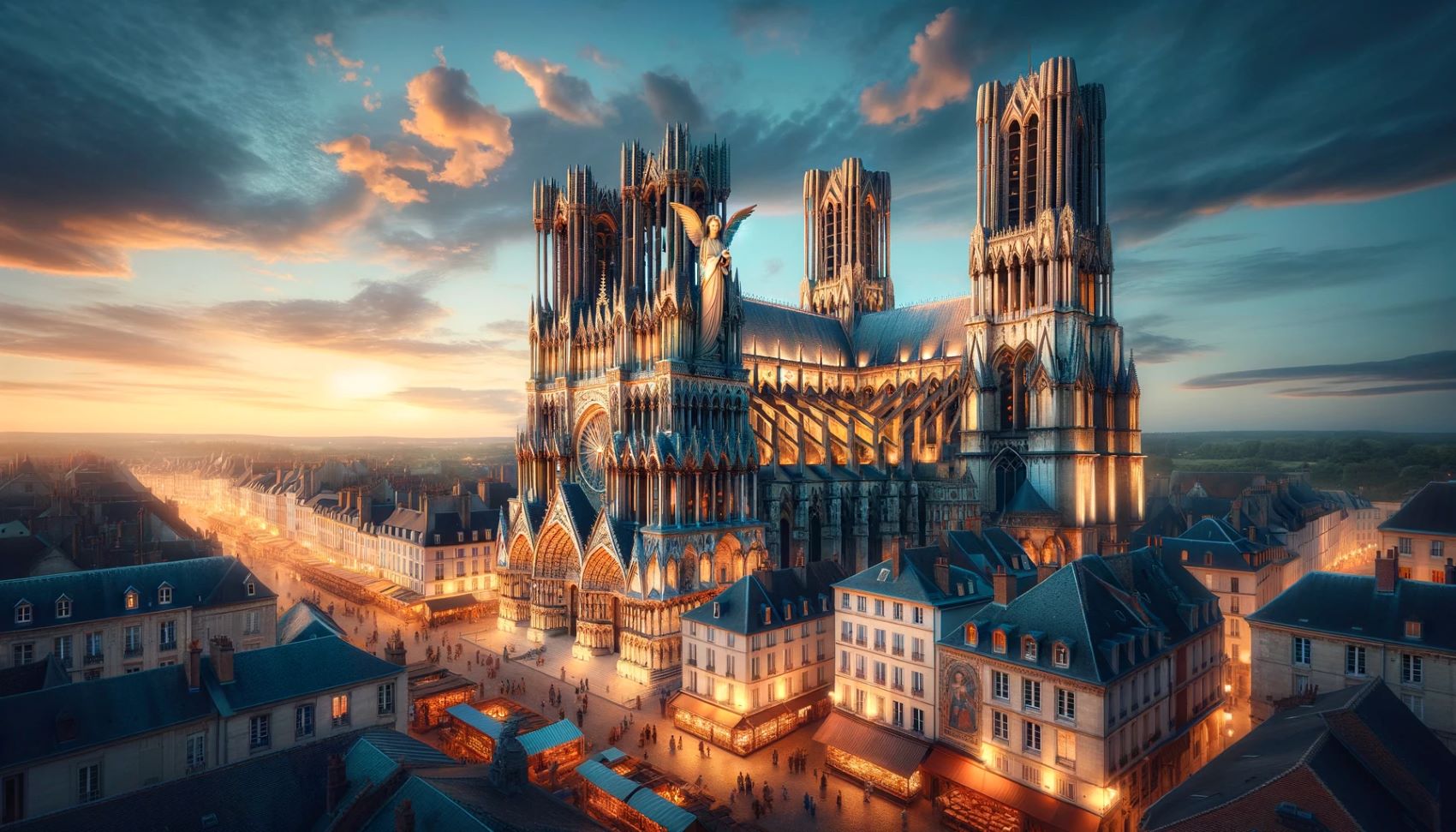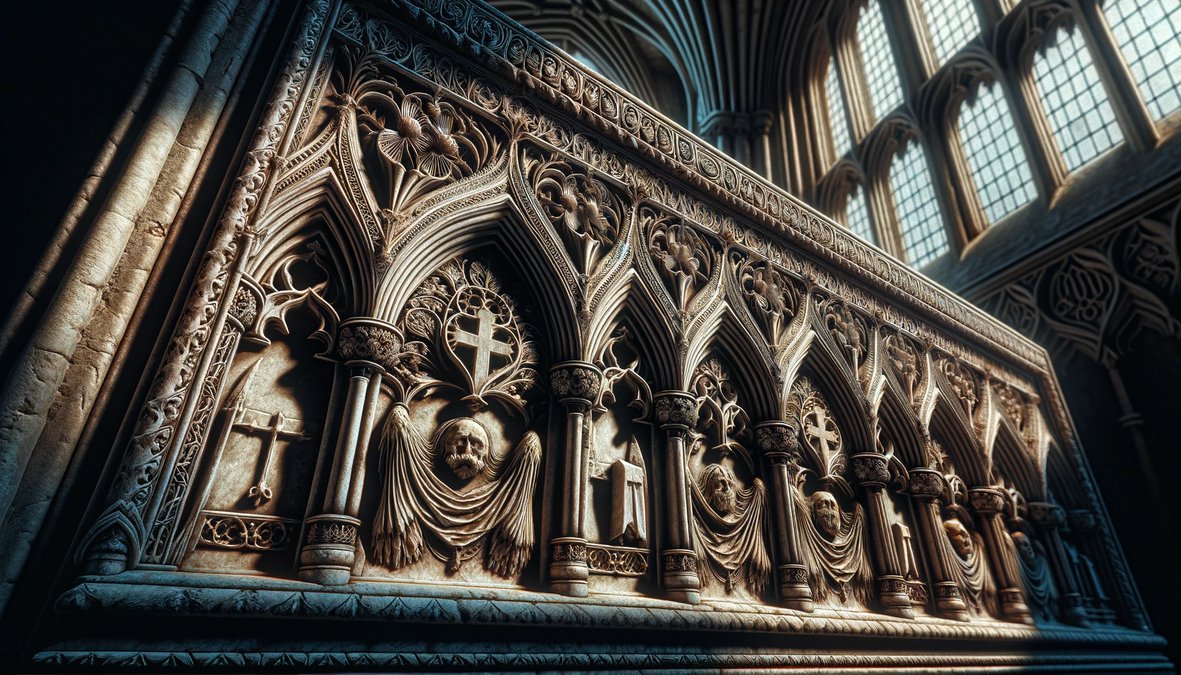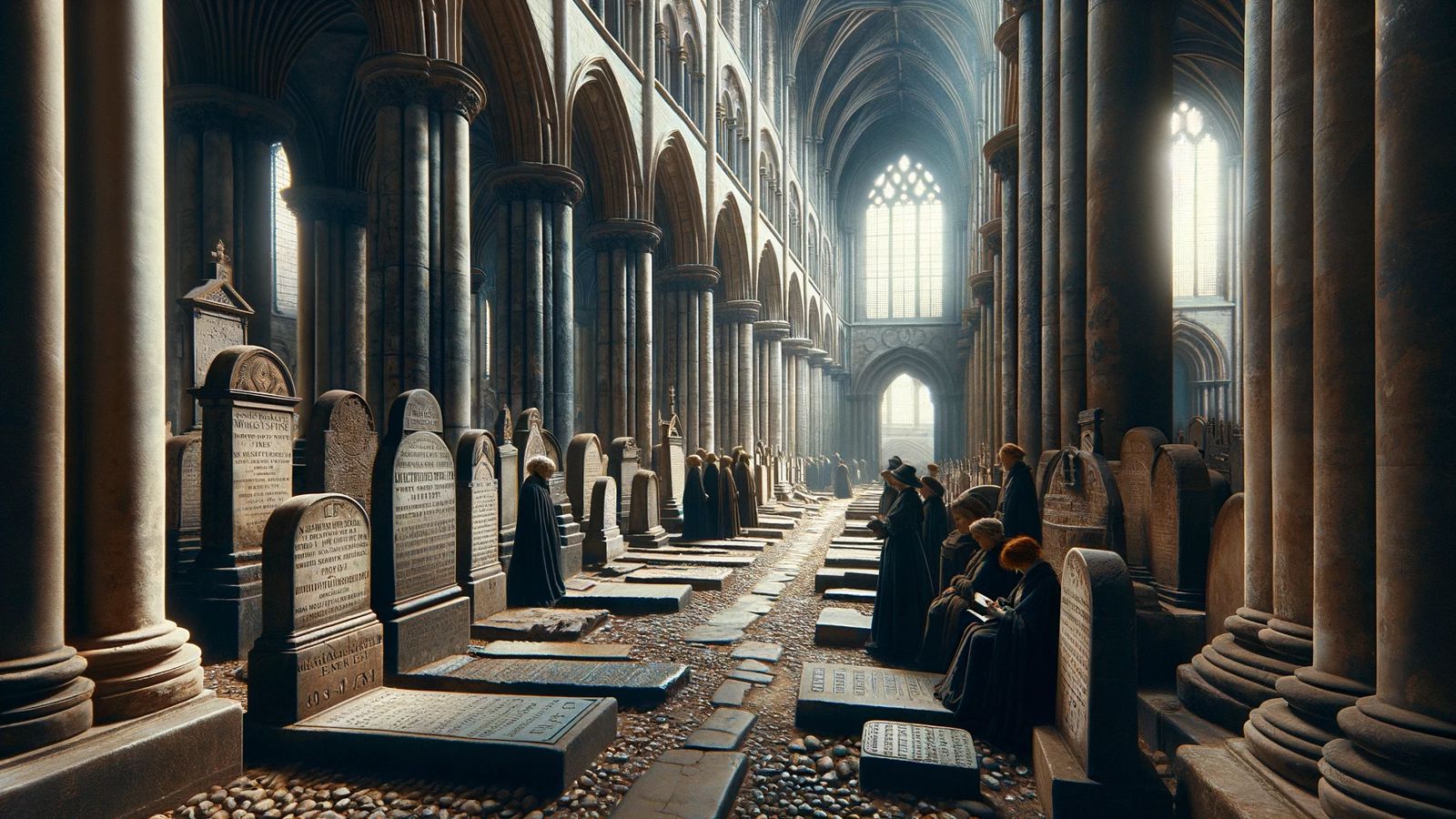Home>Arts and Culture>Who Created The Durham Cathedral
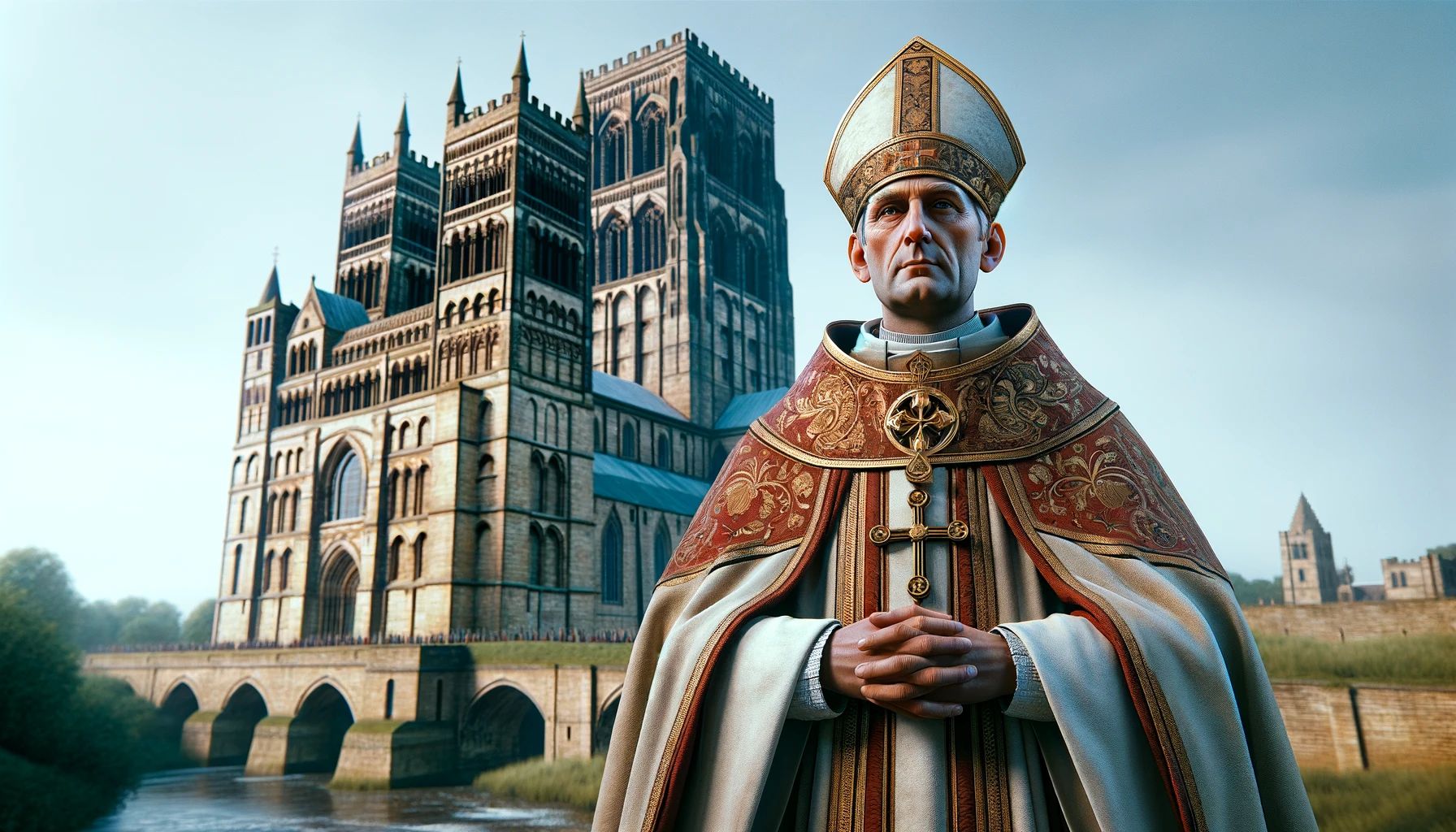

Arts and Culture
Who Created The Durham Cathedral
Published: February 17, 2024
Peter Smith, Editorial Director at Christian.net, combines deep insights into faith, politics, and culture to lead content creation that resonates widely. Awarded for his contributions to religious discourse, he previously headed a major organization for religious communicators, enhancing dialogue on faith's societal impacts.
Discover the history and creators of Durham Cathedral, a masterpiece of arts and culture. Learn about the architects and artisans behind this iconic landmark.
(Many of the links in this article redirect to a specific reviewed product. Your purchase of these products through affiliate links helps to generate commission for Christian.net, at no extra cost. Learn more)
Table of Contents
Introduction
Durham Cathedral stands as a testament to human ingenuity and artistic expression, captivating visitors with its awe-inspiring architecture and rich historical significance. This iconic structure, located in the northeast of England, holds a prominent place in the annals of architectural history and religious heritage. As we embark on a journey to unravel the mysteries and marvels of Durham Cathedral, we will delve into its early history, the remarkable individuals behind its creation, and the enduring legacy it has left on the world.
The story of Durham Cathedral is one that intertwines faith, power, and artistic prowess, creating a tapestry of cultural significance that continues to enthrall all who encounter it. From its humble beginnings to its rise as a symbol of spiritual devotion and architectural brilliance, the cathedral's narrative is a testament to the enduring impact of human creativity and determination.
As we explore the origins and evolution of Durham Cathedral, we will uncover the profound influence of the Prince-Bishops, the intricate details of its construction, and the architectural features that have made it a timeless masterpiece. Join us on this captivating journey through time and space as we unravel the enigmatic tale of Durham Cathedral and the remarkable individuals who brought this extraordinary vision to life.
Read more: How Tall Is Durham Cathedral
Early History of Durham Cathedral
The early history of Durham Cathedral is steeped in the rich tapestry of England's religious and cultural heritage. The story begins in the late 10th century when the relics of St. Cuthbert, an influential Christian saint, were brought to the area that would later become the site of the cathedral. The establishment of a religious community around these revered relics laid the foundation for the eventual construction of the cathedral.
In 1093, the construction of the cathedral commenced under the orders of William of St. Carilef, the Bishop of Durham at the time. The cathedral was designed to be a grand and imposing structure, reflecting the power and influence of the church in medieval England. The Norman architecture of the early cathedral showcased the prevailing Romanesque style, characterized by its robust pillars, rounded arches, and intricately carved decorations.
The cathedral's early years were marked by both triumph and tribulation. It weathered the tumultuous period of the Norman Conquest and the subsequent political and religious upheavals, emerging as a symbol of stability and spiritual resilience. The strategic location of Durham Cathedral, perched high above the River Wear, further solidified its significance as a beacon of faith and a bastion of strength.
Throughout the centuries, the cathedral continued to evolve, with subsequent bishops and architects leaving their indelible marks on its structure and design. The enduring presence of St. Cuthbert's relics within the cathedral further enhanced its status as a revered pilgrimage site and a center of religious devotion.
The early history of Durham Cathedral is a testament to the enduring power of faith and the indomitable spirit of human creativity. It stands as a living chronicle of England's religious and architectural legacy, inviting visitors to immerse themselves in its storied past and marvel at the remarkable achievements of those who came before. As we continue our exploration of Durham Cathedral, we will delve deeper into the construction and architectural features that have made it an enduring masterpiece of human achievement.
Construction of Durham Cathedral
The construction of Durham Cathedral stands as a testament to the unwavering dedication and remarkable craftsmanship of the artisans and laborers who brought this monumental vision to life. The cathedral's creation was a monumental undertaking, spanning several decades and involving a myriad of skilled workers, architects, and craftsmen.
The foundation of the cathedral was laid in 1093, under the direction of Bishop William of St. Carilef. The site, chosen for its strategic location atop a rocky promontory overlooking the River Wear, presented both logistical challenges and symbolic significance. The construction process began with the quarrying of stone from nearby sources, with the masons and laborers meticulously shaping and assembling the massive blocks that would form the cathedral's imposing structure.
The architectural design of Durham Cathedral reflected the prevailing Romanesque style of the time, characterized by its robust pillars, rounded arches, and intricate decorative elements. The construction of the cathedral proceeded in phases, with each section meticulously planned and executed to ensure structural integrity and aesthetic grandeur.
One of the most remarkable aspects of the cathedral's construction was the innovative use of ribbed vaulting, a technique that allowed for greater height and spaciousness within the interior spaces. This architectural innovation, coupled with the use of flying buttresses to support the massive stone walls, contributed to the cathedral's enduring stability and grandeur.
The construction of Durham Cathedral was not merely a feat of engineering and craftsmanship; it was also a testament to the unwavering faith and determination of the individuals involved. The laborers, artisans, and architects worked tirelessly, often under challenging conditions, to bring Bishop William's vision to fruition. Their dedication and expertise are evident in every stone, arch, and carving that adorns the cathedral's magnificent facade.
As the centuries passed, subsequent bishops and architects contributed to the ongoing evolution of the cathedral, adding chapels, embellishments, and refinements that further enhanced its splendor. The construction of Durham Cathedral stands as a testament to the enduring legacy of human creativity and the enduring power of architectural innovation.
The completion of Durham Cathedral was not merely the end of a construction project; it marked the beginning of a living legacy that continues to inspire and captivate all who behold its majestic beauty. The cathedral stands as a testament to the enduring power of human creativity and the timeless allure of architectural mastery.
Architectural Features of Durham Cathedral
The architectural features of Durham Cathedral stand as a testament to the ingenuity and artistry of the medieval craftsmen and architects who brought this magnificent structure to life. From its imposing facade to its intricate interior spaces, the cathedral showcases a harmonious blend of Romanesque and Gothic elements, creating a visual symphony that continues to captivate visitors from around the world.
Romanesque Grandeur
The exterior of Durham Cathedral exudes a sense of grandeur and strength, characteristic of the Romanesque architectural style. Massive stone walls, adorned with decorative carvings and sculpted reliefs, rise majestically to form the imposing silhouette of the cathedral. The use of rounded arches, sturdy pillars, and intricately designed doorways reflects the prevailing Romanesque aesthetic, evoking a sense of timeless solidity and enduring power.
Read more: When Was Durham Cathedral Built
Magnificent Towers and Transepts
The cathedral's towers and transepts stand as iconic symbols of medieval architectural prowess. The central tower, known as the "Gallois Tower," rises to a breathtaking height, commanding the skyline with its imposing presence. The western towers, flanking the main entrance, further accentuate the cathedral's verticality, drawing the eye upward to the heavens. The transepts, with their soaring windows and ornate detailing, exemplify the mastery of medieval stonemasons and craftsmen, showcasing a harmonious blend of strength and elegance.
Gothic Splendor
While the cathedral's exterior reflects the Romanesque tradition, its interior spaces reveal the influence of the Gothic style, characterized by soaring vaulted ceilings, pointed arches, and an abundance of natural light. The nave, in particular, exemplifies the Gothic penchant for verticality and luminosity, with its slender columns and expansive clerestory windows creating an ethereal atmosphere that seems to transcend earthly confines.
Stained Glass and Sculptural Marvels
One of the most captivating features of Durham Cathedral is its exquisite stained glass windows, which adorn the interior with a kaleidoscope of vibrant hues and intricate designs. These masterful works of art, dating back to the medieval period, depict biblical narratives, saints, and symbolic motifs, infusing the sacred spaces with a sense of transcendent beauty and spiritual contemplation. Additionally, the cathedral's sculptural adornments, including the renowned "Galloping Horse" carving, showcase the skill and artistry of the craftsmen who left their indelible mark on this architectural masterpiece.
Enduring Legacy
The architectural features of Durham Cathedral stand as a testament to the enduring legacy of medieval craftsmanship and artistic expression. From its robust exterior to its ethereal interior spaces, the cathedral continues to inspire awe and reverence, inviting visitors to immerse themselves in a world of timeless beauty and spiritual contemplation. As we marvel at the architectural marvels of Durham Cathedral, we are reminded of the enduring power of human creativity and the transcendent allure of architectural mastery.
The Role of the Prince-Bishops in the Creation of Durham Cathedral
The creation of Durham Cathedral was intricately intertwined with the influential role of the Prince-Bishops, a unique and powerful institution that left an indelible mark on the cathedral's history and development. The Prince-Bishops, who held both temporal and spiritual authority over the region, played a pivotal role in shaping the architectural, cultural, and religious landscape of Durham.
The Prince-Bishops of Durham wielded exceptional authority, exercising powers that were unparalleled in medieval England. Their dual role as both secular rulers and ecclesiastical leaders granted them a level of autonomy and influence that set Durham apart from other regions. This distinctive position allowed the Prince-Bishops to oversee the construction and expansion of Durham Cathedral, shaping its destiny in profound ways.
One of the most notable contributions of the Prince-Bishops to the creation of Durham Cathedral was their unwavering support for the ambitious architectural endeavors that defined the cathedral's evolution. Through their patronage and financial backing, the Prince-Bishops facilitated the realization of grand construction projects, enabling the cathedral to flourish as a monumental expression of their authority and piety.
Moreover, the Prince-Bishops actively promoted the veneration of St. Cuthbert, the revered patron saint of Durham, whose relics were enshrined within the cathedral. This emphasis on religious devotion and pilgrimage further solidified the cathedral's significance as a spiritual center, attracting pilgrims and fostering a sense of religious fervor that permeated the region.
In addition to their patronage of the cathedral's construction, the Prince-Bishops played a pivotal role in shaping the cultural and intellectual milieu of Durham. Their support for education, the arts, and religious scholarship contributed to the flourishing of a vibrant intellectual community centered around the cathedral, fostering a legacy of learning and creativity that endures to this day.
The enduring legacy of the Prince-Bishops' influence on the creation of Durham Cathedral is evident in the cathedral's enduring grandeur and spiritual resonance. Their visionary leadership and unwavering commitment to the cathedral's development have left an indelible imprint on its history, ensuring that Durham Cathedral stands as a testament to their enduring legacy and the enduring power of human creativity and devotion.
Conclusion
In conclusion, Durham Cathedral stands as a timeless testament to the enduring power of human creativity, faith, and architectural innovation. From its humble origins as a center of religious devotion to its rise as a monumental architectural masterpiece, the cathedral has woven a rich tapestry of history, culture, and spiritual significance. The enduring legacy of Durham Cathedral is a testament to the remarkable individuals who contributed to its creation, from the visionary Prince-Bishops to the skilled artisans and laborers who brought their ambitious vision to life.
The cathedral's early history, marked by the arrival of St. Cuthbert's relics and the subsequent construction under the leadership of Bishop William of St. Carilef, laid the foundation for its enduring legacy. The strategic location, innovative architectural features, and enduring spiritual significance have solidified Durham Cathedral as a beacon of faith and a bastion of strength throughout the centuries.
The architectural features of Durham Cathedral, blending Romanesque grandeur with Gothic splendor, continue to captivate visitors with their timeless beauty and spiritual resonance. The towering spires, magnificent transepts, and ethereal stained glass windows stand as a testament to the ingenuity and artistry of the medieval craftsmen and architects who brought this magnificent structure to life.
Furthermore, the influential role of the Prince-Bishops in the creation of Durham Cathedral cannot be overstated. Their unwavering support, patronage, and promotion of religious devotion and pilgrimage have left an indelible mark on the cathedral's history and cultural significance. The enduring legacy of the Prince-Bishops' influence is evident in the cathedral's enduring grandeur and spiritual resonance, serving as a testament to their visionary leadership and enduring commitment to the cathedral's development.
As we reflect on the remarkable journey of Durham Cathedral, we are reminded of the enduring power of human creativity, faith, and devotion. The cathedral stands as a living testament to the enduring legacy of those who came before, inviting visitors to immerse themselves in a world of timeless beauty and spiritual contemplation. Durham Cathedral continues to inspire awe and reverence, serving as a beacon of hope and a testament to the enduring power of human creativity and devotion.
